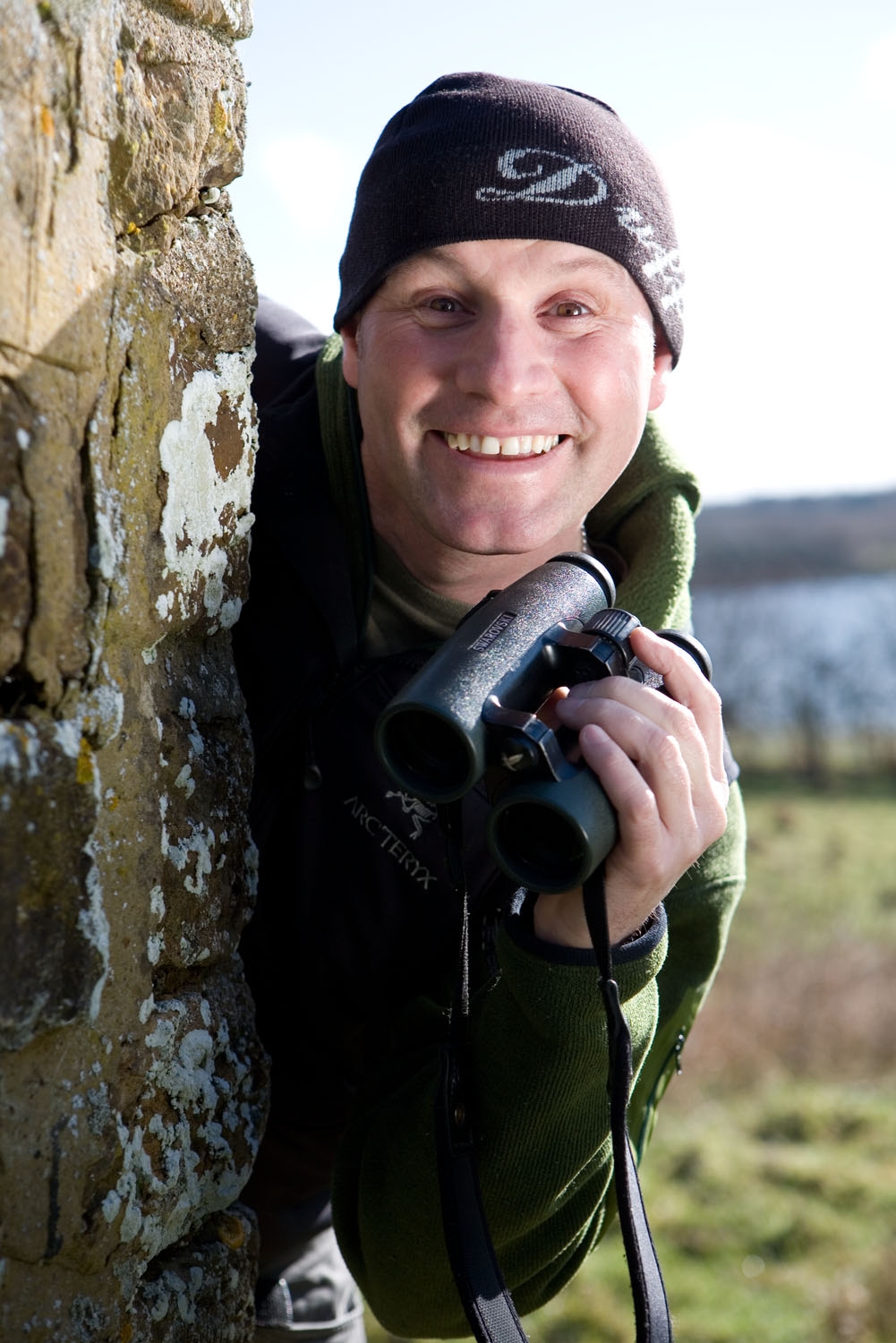Being both an apex predator and a charismatic beast, the orca, or ‘wolf of the sea’, must surely figure highly on most wildlife-watchers’ bucket lists.
The orca is a cosmopolitan species and swims in all oceans, but is most abundant in colder, temperate waters. Spotting these giants is rarely straightforward, however, and just the sight of that huge dorsal fin slicing through the water might arguably be considered a spectacle in its own right.
- Killer whales are using dramatic hunting techniques to catch large marine animals in California
- Are killer whales dangerous to humans?
- “This does not look like normal hunting behaviour”: remarkable footage shows orcas hunting in a way never filmed before
Anyone keen to go a step further and witness orcas at their destructive best will need to head to just a couple of locations on the coast of Argentina, between February and late April (the austral autumn). With the requisite patience and luck, you might have the opportunity to observe these apex predators hunting in a manner requiring a level of intelligence, adaptability and organisational propensity that almost defies belief.
It’s a strategy known as ‘intentional stranding’, and entails the orcas temporarily beaching themselves in an attempt to snatch South American sealion pups from the shoreline. When this remarkable hunting behaviour was shown on television for the first time in the 1990 BBC series Trials of Life, it sent waves around the nature-loving world.
The best known location to observe beaching orcas is Península Valdés, specifically at Punta Norte, which also happens to be the pupping site for around 3,000 South American sealions.
The youngsters are born in mid- to late January, which means that by late February, the shoreline is alive with nurseries of sealion pups both frolicking in the shallows and learning how to swim. Precisely where the orcas go when not taking advantage of this seasonal bounty is still unclear, but they probably spend most of their time in deeper waters along the Atlantic seaboard.
The orcas’ favourite time slot for hunting tends to be a couple of hours either side of high tide, when a combination of the elevated water levels and the beach’s steeper profile allows them to temporarily approach within sniffing distance of the pups while crucially remaining in sufficiently deep water. The orcas appear less willing to hunt during strong winds, as the ensuing larger waves could force them too high up the beach to facilitate an easy return to the water.
- Deadly hunters or nurturing matriarchs? New BBC film hopes to change perceptions of this 'ruthless' predator
- Orcas are now hunting whale sharks – and they're doing it in an astonishing way
There is also anecdotal evidence from researchers at Punta Norte that the orcas listen for the sounds of pups calling from the water’s edge, so wild and windy weather conditions may impede their ability to pinpoint the precise location from which to mount an attack.
When in hunting mode, an orca often swims on its side to hide its distinctive dorsal fin from its quarry on the beach. Once the sealions are within lunging distance, the predator exploits the thrust of a wave by swimming along at a high enough speed to propel its huge body out of the surf and onto the shore. High – but not quite dry – it attempts to grab an inattentive or unaware pup.
Orcas possess powerful jaws packed with conical, interlocking teeth, so any victim has little chance of escape before being put out of its misery, shaken and tossed around like a rag doll. With its meal duly gulped down, the orca then thrashes its own body in expectation of the next large wave that will carry it back to the safety of the deep.
So successful is this technique that researchers have calculated hit-rates for experienced orcas to be around 50 per cent. Even more remarkable is that this hunting tradition appears to be passed down the generations, with youngsters receiving masterclasses from their mothers in the art of beaching and snatching. Impressive doesn’t even come close.
Main image: Getty
More wildlife stories from around the world
